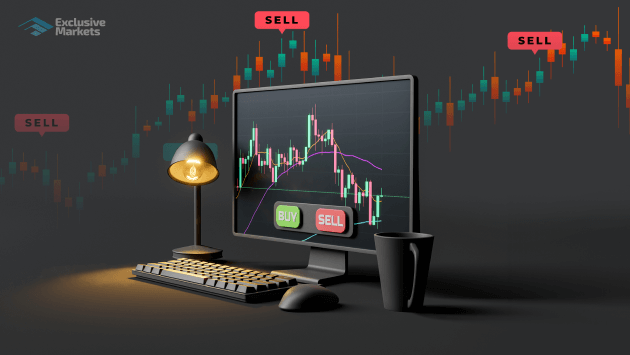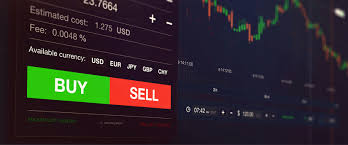
Is Forex Trading Profitable? Exploring the Potential and Risks
Forex trading, or foreign exchange trading, has gained significant popularity over the past few decades. Many individuals are drawn to the prospect of making quick profits, often lured by the potential of high returns in a relatively short time. However, the question remains: is forex trading truly profitable? is forex trading profitable Global Trading PK In this article, we will delve into the intricacies of forex trading, examining both the potential rewards and the inherent risks involved, as well as strategies to enhance profitability.
Understanding Forex Trading
Forex trading involves buying and selling currency pairs to capitalize on fluctuations in exchange rates. Participants include central banks, financial institutions, corporations, and individual traders. The forex market operates 24 hours a day, five days a week, making it one of the most accessible financial markets globally. The sheer volume and liquidity of the forex market can offer substantial opportunities for profit.
The Potential for Profit
The primary allure of forex trading lies in its potential for profit. Here are several factors that contribute to the profitability of trading in the forex market:
1. Leverage
Forex trading often involves the use of leverage, allowing traders to control large positions with a relatively small amount of capital. For instance, a leverage ratio of 100:1 means that with $1,000, a trader can control $100,000 worth of currency. While leverage can amplify profits, it inherently increases risk, making it possible for traders to lose more than their initial investment.
2. Volatility
The forex market is known for its volatility, presenting opportunities for traders to profit from rapid price movements. Economic events, geopolitical tensions, and market sentiment can lead to significant fluctuations in currency values, allowing skilled traders to capitalize on short-term movements.

3. Accessibility
Unlike stock markets that have trading hours, the forex market offers continuous trading, enabling traders to enter and exit positions at any time. This accessibility allows for a flexible trading schedule, accommodating both full-time and part-time traders. Additionally, advancements in technology and the rise of online trading platforms have made it easier for individuals to access the forex market.
Understanding the Risks
While the potential for profit exists, forex trading is fraught with risks that traders must acknowledge:
1. Market Risk
Market risk, or the risk of losing money due to unfavorable market movements, is a fundamental aspect of trading. Currency values can be influenced by economic indicators, political instability, and market sentiment, leading to unpredictable movements that can result in losses.
2. Leverage Risk
While leverage can magnify gains, it can equally magnify losses. Many traders fall into the trap of over-leveraging their positions, leading to devastating financial consequences. It’s crucial for traders to use leverage responsibly and understand the implications it can have on their trading account.
3. Emotional and Psychological Challenges
Forex trading requires a strong level of psychological resilience. The emotional highs and lows of trading can lead to impulsive decisions, increasing the likelihood of making mistakes. Successful traders often develop discipline and emotional control to adhere to their trading strategies, resisting the temptation to deviate based on feelings.

Strategies for Successful Forex Trading
To increase profitability in forex trading, individuals must have a well-defined trading strategy. Here are some commonly used strategies:
1. Technical Analysis
This approach involves analyzing price charts and indicators to predict future market movements. Traders use various tools such as trend lines, moving averages, and oscillators to identify potential entry and exit points. Technical analysis can be beneficial for short-term trading and recognizing patterns.
2. Fundamental Analysis
Fundamental analysis focuses on economic indicators, news events, and macroeconomic trends to assess currency value. Traders evaluate factors like interest rates, inflation, and employment data to determine the overall economic health of a country, influencing currency valuation.
3. Risk Management
Effective risk management is pivotal in forex trading. Traders should establish clear rules for positioning sizes, stop-loss orders, and take-profit levels. By managing risk, traders can protect their capital and enhance their chances of long-term profitability.
The Importance of Education and Continuous Learning
Forex trading is not a get-rich-quick scheme. It requires a sound understanding of the market, trading strategies, and risk management techniques. Aspiring traders should invest time in education through online courses, webinars, and practice accounts. Continuous learning is vital, as markets evolve and new strategies emerge.
Conclusion
In conclusion, forex trading can indeed be profitable, but it is essential to approach it with caution and diligence. While the potential rewards can be significant, the risks are equally substantial. Success in forex trading is rooted in a solid understanding of market dynamics, effective strategies, and disciplined risk management. For those willing to invest the time and effort, the forex market can offer opportunities for financial growth and independence.

